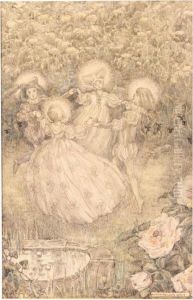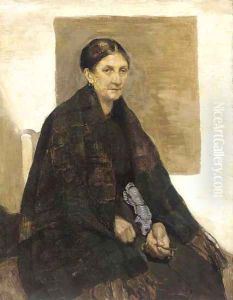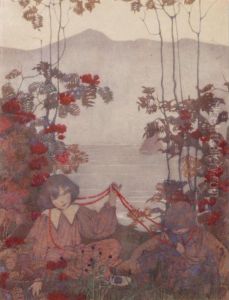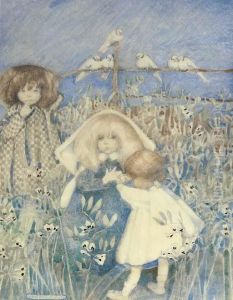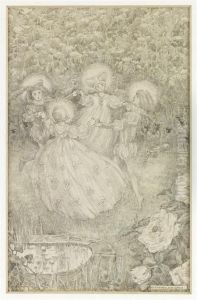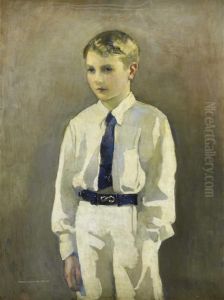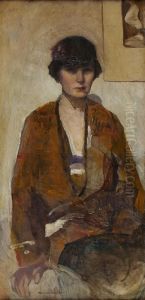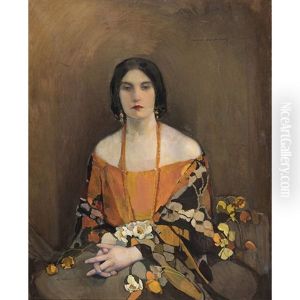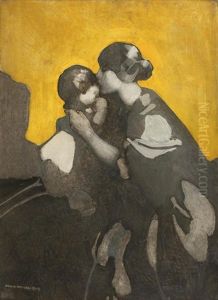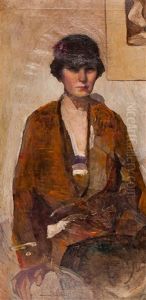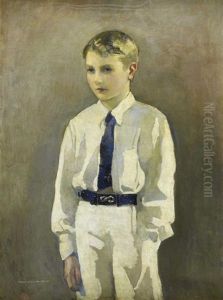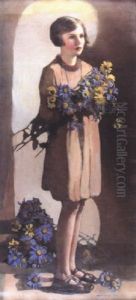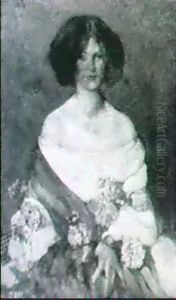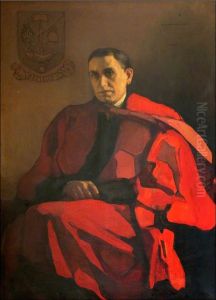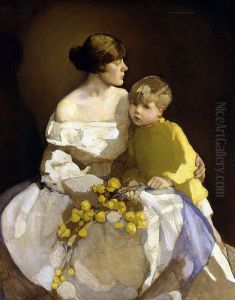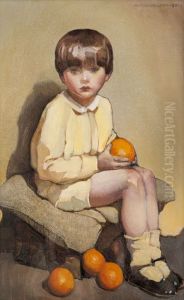Norah Neilson Gray Paintings
Norah Neilson Gray was a Scottish artist born on June 16, 1882, in Helensburgh, Dunbartonshire. She was a prominent figure in early 20th-century Scottish art, known for her distinctive style that combined elements of realism and impressionism. Gray was educated at the Glasgow School of Art, where she was influenced by the Glasgow Boys and the broader European movements of Impressionism and Post-Impressionism. Her education and early career were set against the backdrop of a vibrant and evolving Scottish art scene, which was increasingly open to female artists.
Gray's work was diverse, encompassing portraiture, landscapes, and interior scenes. However, she is perhaps best known for her portraits, which often depicted women and children with a remarkable sensitivity and depth. Her use of color and light was innovative, and she had a particular talent for capturing the personalities and moods of her subjects. Gray's portraits are notable for their psychological depth and the sense of individuality she bestowed upon each sitter.
During World War I, Gray served as a nurse, and her experiences during the war influenced her work significantly. She produced a number of poignant paintings depicting the impact of the war, including images of soldiers and war hospitals. These works are marked by a stark realism and emotional intensity, reflecting the brutality and sorrow of the conflict.
After the war, Gray returned to Glasgow and continued to paint, exhibit, and teach. She was an active member of the Glasgow Society of Lady Artists, founded in 1882, which played a crucial role in promoting the work of female artists in Scotland. Despite her success, Gray's work was somewhat overshadowed by her male contemporaries during her lifetime, and it is only in recent decades that her contribution to Scottish art has been fully recognized.
Norah Neilson Gray died on May 27, 1931, in Helensburgh. Since her death, her reputation has grown, and she is now celebrated as a significant figure in Scottish art history. Her paintings are included in the collections of many major museums, including the Kelvingrove Art Gallery and Museum in Glasgow and the Scottish National Gallery of Modern Art in Edinburgh. Gray's legacy is that of a pioneering woman artist who broke through societal barriers to make a lasting impact on the Scottish art scene.
